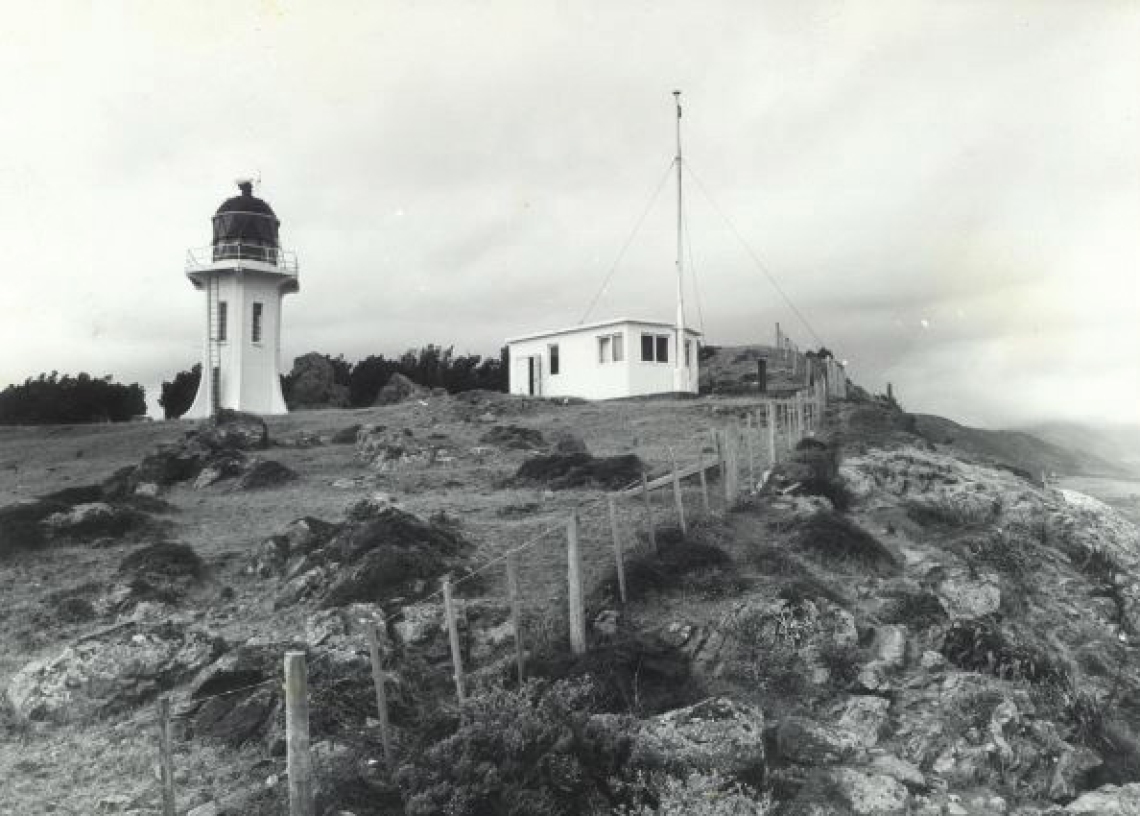Melissa Bray looks at a small research station on the Wellington coast with an international reputation.
The graph that shows ever-increasing levels of carbon dioxide (CO2) in the skies above New Zealand over the past five decades is confronting.
Marching relentlessly higher, it is also testament to the role NIWA’s Baring Head Atmospheric Research Station has played in helping us understand just what is driving the changes in our climate.
Baring Head was first selected as the site for the then-named "New Zealand Atmospheric Carbon Dioxide Monitoring Project" in the early 1970s. It was perfectly positioned for the job.
Overlooking Cook Strait and exposed to the chilly southerlies, it captures “clean” air samples sweeping up from Antarctica, largely uncontaminated by any immediate human activities.
Atmospheric carbon dioxide levels have been continuously measured and recorded at the headland for more than 50 years. The second continuous CO2 monitoring station to be established worldwide, it is home to the longest-running record of this type in the Southern Hemisphere.
The station plays a key role in feeding data from the remote southern oceans into the international network of ground-, ship- and aircraft-based monitoring stations, coordinated by the World Meteorological Organization.
When the CO2 monitoring project began in 1972 on a gusty Thursday just before Christmas, interest in greenhouse gases was distinctly muted.
Atmospheric researcher Gordon Brailsford has been travelling from his Wellington base to Baring Head for 37 years and says he’s witnessed a marked turnaround in attitudes.
“When I would mention that I worked in greenhouse gases and atmospheric research, it was like a conversation stopper at so many levels. There was no willingness to engage – it was a tomorrow thing."
“Now there’s a demand by ministries, policy people and the public for our information.”
The passing decades have also seen a marked growth in the range and sophistication of the data gathered from Baring Head.
The work has morphed from manually collecting CO2 samples in a glass flask to a detailed analysis of a full range of real-time greenhouse gas readings. Gases now measured include methane, oxygen, nitrous oxide, sulphur hexafluoride, ozone, carbon monoxide and radon, among others.
Brailsford says improved techniques also allow a much more accurate analysis of all samples captured, particularly of the tell-tale signs of human-induced activity in samples arriving over the land.
Take the example of the analysis of methane. Advanced laboratory experiments can now identify the unique atomic structures – or isotopes – of the methane molecules captured at Baring Head. These can distinguish whether the methane was produced from fossil fuels or agricultural emissions.
Researchers can combine this information with wind modelling software to track back where that methane may have come from to build regional or global profiles.
The gas laboratory at NIWA’s Wellington site analyses Baring Head samples for the isotopes of carbon dioxide, methane and carbon monoxide, as well as nitrous oxide and carbonyl sulfide. Some samples are also sent to the United States’ National Oceanic and Atmospheric Administration (NOAA) for analysis.
This is just one of the many collaborations that now take place in the international atmospheric research community.
Collaborative programmes include CarbonWatch-NZ and MethaneSat, where NIWA works with a range of researchers around the world to identify and track greenhouse gas sources and concentrations.
Brailsford acknowledges this growing willingness to share data and sees a future where the sources of greenhouse gases are being reported in a similar way to weather forecasting.
With atmospheric greenhouse gas profiles determining the trajectory of our climate, it looks like another busy 50 years ahead for Baring Head.



